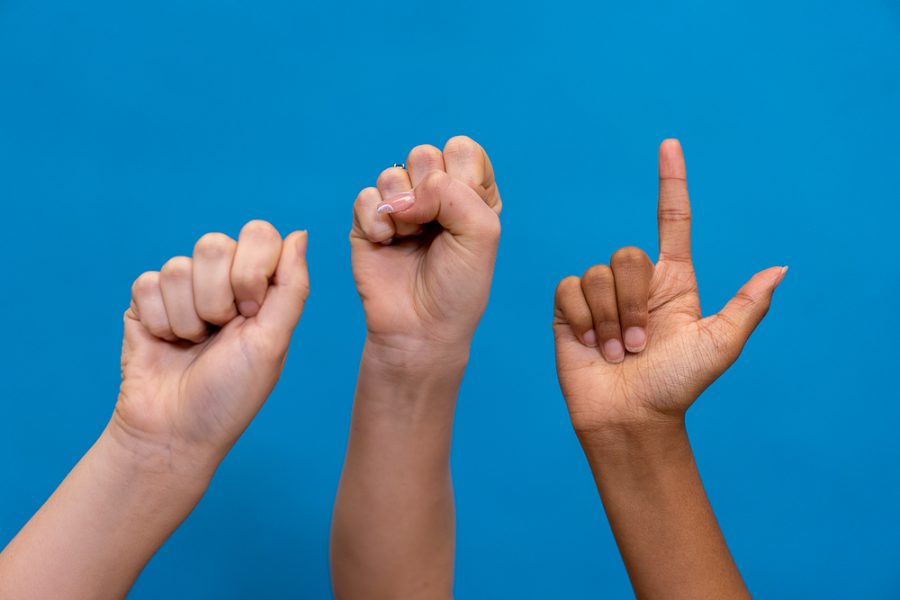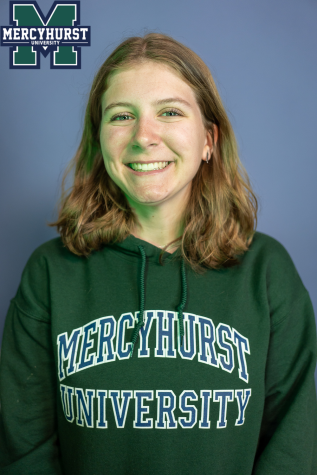Sign Up!
Knowledge of American Sign Language makes the world a more accessible place for the Deaf community.
The hands above spell “ASL” in American Sign Language.
May 23, 2023
Between 350 and 430 languages are spoken in the United States, and North Allegheny offers four foreign language classes: Spanish, French, German, and Latin.
But NASH is missing a language, one that does not require any actual speaking. American Sign Language (ASL) is used by 250,000 to 500,000 people each day.
American Sign Language interpreter Jen Pirring, whose husband Jamey is a social studies teacher at NASH, began learning ASL in 1997 at Kent State University, where she quickly became fascinated by the language and the culture around it.
“ASL is not a visual representation of English. It is an official language and has its own rules, grammar and syntax,” said Pirring, who now serves as Supervisor of Hearing, Vision, and Communication Access at the Allegheny Intermediate Unit. “ASL is not a linear language. “One sign can change meaning depending on the location of the sign, the facial expression or facial grammar that occurs with it, or the movement of the sign. That is what makes ASL amazing.”
Pirring’s long-time interest in ASL runs even deeper.
“Deaf people (the capital D represents people who identify as culturally Deaf and use ASL as their primary language) choose to use ASL not because it is an accommodation for a disability but because the language is their own–it is fully accessible to them and it is strongly tied to their identity,” she said. “When hearing people learn ASL, they are honoring the lived experience of Deaf people and contributing to diversity, equity and inclusivity. The more people who know ASL, the more accessible the world is to the Deaf community.”
Senior Dylan Dayton was taught a small amount of sign language in preschool, which she still remembers and has been able to use to communicate with Deaf people who use ASL.
“At my job, a deaf family regularly came in, and I was always able to communicate with them through the sign language I remembered,” said Dayton. “Every time I took their orders, I could tell it meant a lot to them that I took my time to get them what they needed.
Even simple interactions using ASL can make the world a more accessible place for Deaf people.
“As an interpreter and someone who works in education with students who are Deaf/Hard of Hearing (D/HH), I use sign language often,” Pirring added. “When I interact with ASL users in my daily life, when not working as an interpreter, I am always sure to sign while communicating, even if I’m not communicating directly to them.”
However, most schools across the state do not offer ASL as language course, though Eden Christian Academy, located in Pittsburgh’s North Hills, is an exception.
“It is important that we continue to expand the number of people fluent in ASL,” Pirring said. “We need to promote professions such as Teachers of the Deaf/Hard of Hearing or ASL Interpreters so that students and the adult Deaf community have the appropriate resources available. [Knowing and using ASL] makes the world a better, more accessible place.”












